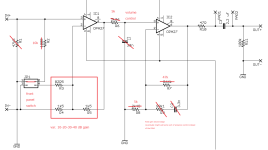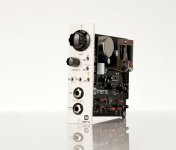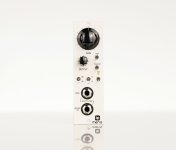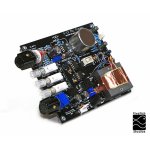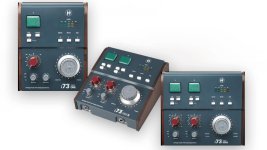Somewhat of an idle thought, but it's been in the back of my mind for a while and since I'll be soon taking ownership of an Audio Technica 4047/SV it's an opportunity to see what can be done on the signal amplification side vs. what I have now, a Tascam DR-60D Mk II.
Nothing fancy planned, just a low-noise, high-gain, linear analog preamplifier. One channel. The complication is I need phantom power, and that means a balanced or at least pseudo-balanced front end.
Background reading and general research in progress:
https://www.radioworld.com/tech-and-gear/that-thing-a-solid-state-mic-preamp-project
https://sound-au.com/articles/p-48.htm
Nothing fancy planned, just a low-noise, high-gain, linear analog preamplifier. One channel. The complication is I need phantom power, and that means a balanced or at least pseudo-balanced front end.
Background reading and general research in progress:
https://www.radioworld.com/tech-and-gear/that-thing-a-solid-state-mic-preamp-project
https://sound-au.com/articles/p-48.htm

